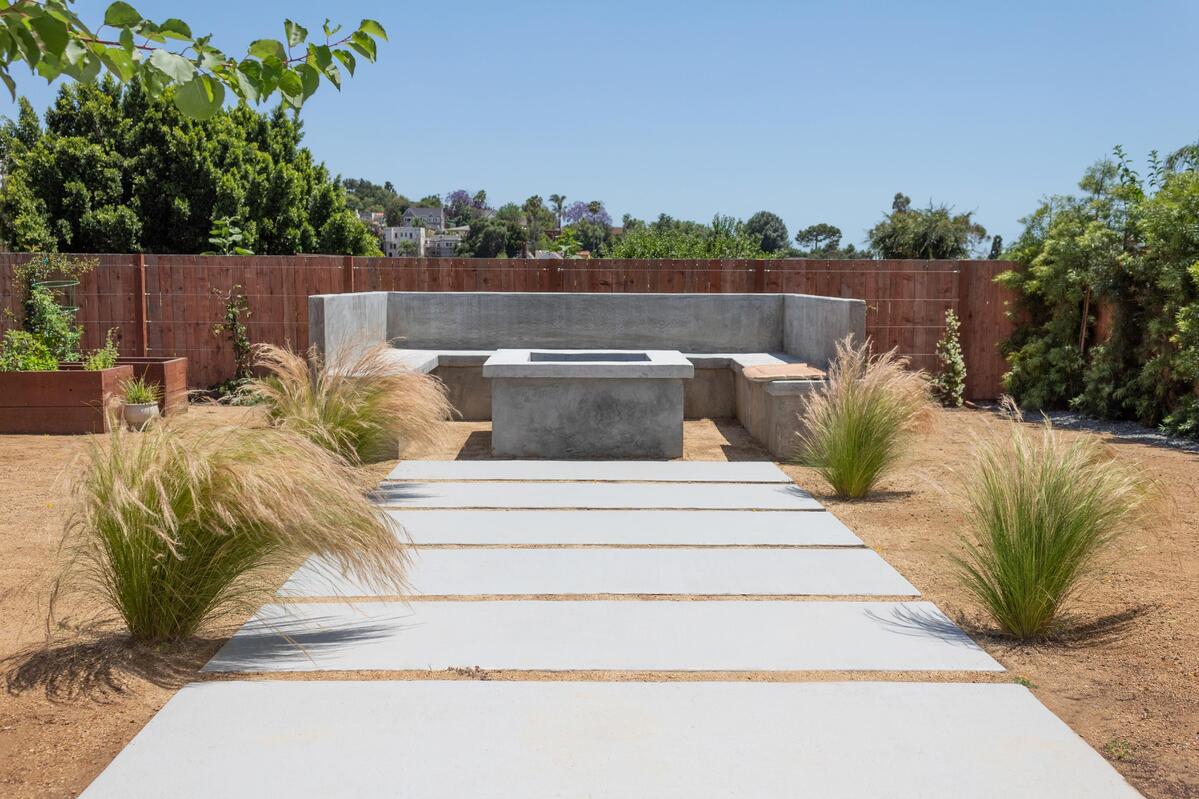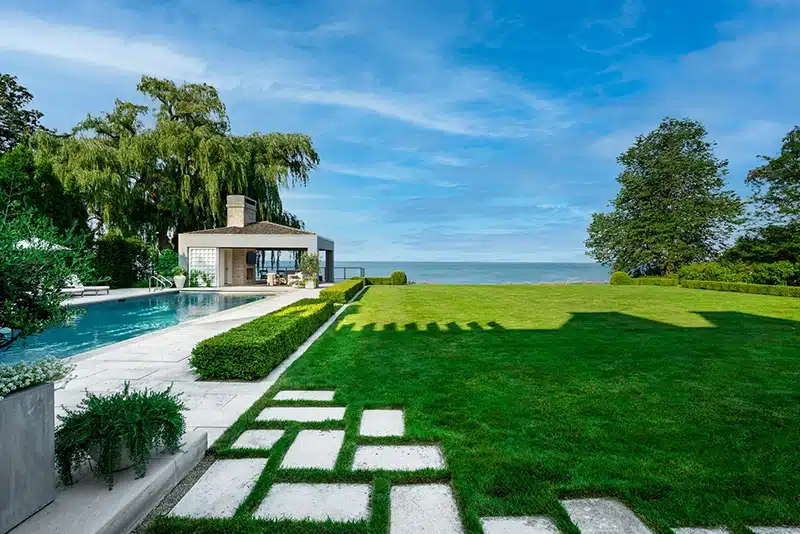Raise Your Outside Way Of Life with Premier Las Vegas Landscaping Solutions
Raise Your Outside Way Of Life with Premier Las Vegas Landscaping Solutions
Blog Article
The Importance of Comprehending Various Kinds of Landscaping for Your Yard
Recognizing the different kinds of landscaping is an important component in crafting a garden that not just reflects personal taste yet also meets eco-friendly needs. Each landscape design style-- be it official, cottage, sustainable, or metropolitan-- provides unique advantages that can significantly affect the general health and visual appeals of your exterior space.
Advantages of Landscape Design Expertise
Understanding the principles of landscape design offers numerous benefits for both amateur and seasoned gardeners alike. A solid understanding of landscape design principles enables people to develop aesthetically attractive and practical outside rooms that straighten with their individual choices and the certain attributes of their yards.
One substantial advantage is enhanced ecological health. Understanding of sustainable techniques and native plants permits gardeners to grow environments that advertise biodiversity while decreasing the need for chemical fertilizers and chemicals. Additionally, comprehending soil kinds and drain can bring about healthier plant growth and reduced erosion.
Landscaping understanding likewise enhances the visual value of a property. By finding out about style elements such as structure, color, and scale, gardeners can produce cohesive and inviting landscapes that boost visual allure. This not only raises individual satisfaction but can also boost property value.
In addition, notified gardeners can save time and resources. Recognizing the right plants for specific conditions, such as light and moisture degrees, ensures that efforts are not lost on improper choices. Eventually, a thorough understanding of landscaping equips individuals to make educated decisions, fostering an extra rewarding gardening experience.
Review of Landscaping Kinds
Landscape design incorporates a selection of strategies and styles, each customized to satisfy the one-of-a-kind needs and preferences of garden enthusiasts. Comprehending these varied kinds is vital for developing an outdoor space that aligns with individual tastes and environmental considerations.
One prominent type is conventional landscaping, identified by structured layouts, distinct flowerbeds, and making use of balanced growings. This design often stresses a feeling of order and harmony within the garden - Landscaping Company. On the other hand, naturalistic landscaping focuses on mimicking the appeal of nature, making use of natural forms and indigenous plants to produce a more relaxed and casual setting
Lasting landscaping has actually acquired traction, advertising environment-friendly methods that save water and reduce chemical use. This approach frequently integrates xeriscaping, which makes use of drought-resistant plants ideal for arid environments. Furthermore, city landscaping addresses the obstacles of restricted room in city settings, commonly making use of vertical gardens and rooftop rooms to make the most of greenery.
Formal Landscaping Described
Characterized by its precise design and structured aspects, formal landscape design develops an environment of elegance and class in outside areas. This style highlights proportion, geometric shapes, and distinct lines, often including polished bushes, topiaries, and organized blossom beds. The general impact is a polished and refined setting that accentuates architectural functions and improves the charm of the bordering landscape.
In official landscape design, pathways are typically straight and might be lined with uniform materials such as brick or rock. These paths usually lead to centerpieces such as water fountains, statuaries, or decorative trees, better boosting the organized nature of the layout. Shade schemes have a tendency to be more minimal, concentrating on unified combinations that advertise a peaceful ambience.
Water functions in formal landscapes are typically created with accuracy, commonly showing up as round or rectangular pools. The mindful placement of plants is critical, with varieties chosen for their capability to keep a tidy look throughout the seasons. Generally, official landscape design is optimal for those that value order and elegance, providing an ageless aesthetic that can substantially raise the value and charm of exterior rooms.
Home Garden Qualities
Cottage gardens commonly stimulate a feeling of appeal and fancifulness, mixing a variety of plants in a seemingly haphazard yet unified arrangement. Defined by their lavish, casual format, these yards generally include an eclectic mix of blooming perennials, vegetables, natural herbs, and annuals. This varied planting not just develops aesthetic passion however also brings in useful insects and promotes a well balanced community.
A crucial attribute of home gardens is their use traditional products and frameworks. Stone pathways, rustic fence, and wood trellises are typically included to improve the yard's enchanting allure. In addition, the inclusion of seating locations, such as arbors or benches, urges leisure within this peaceful setting.
Color plays a substantial duty in cottage gardens, with an emphasis on soft pastels and vivid hues that evoke a feeling of fond memories. Blossoms like foxgloves, roses, and hollyhocks are staples, usually intermingled with aromatic natural herbs such as lavender and thyme.
Cottage gardens mirror an approach of accepting nature's unpredictability, resulting in an unique and welcoming area. By focusing on biodiversity and visual appeal, they create an attractive setting for both yard lovers and informal observers alike.
Sustainable Landscape Design Practices
Including sustainable landscape design techniques is vital for producing ecologically friendly yards that prosper while minimizing their eco-friendly effect. Commercial Landscaping. Sustainable landscaping concentrates on the effective use sources, advertising biodiversity, and boosting the all-natural atmosphere
One secret technique is picking native plants, which are well-adapted to local conditions and require less water, plant Click This Link food, and pesticides. This not only preserves sources yet additionally supports regional wild animals, including pollinators. Carrying out water-efficient watering systems, such as drip irrigation or rain click to find out more harvesting, even more preserves water while making certain that plants receive appropriate wetness.

Moreover, decreasing lawn areas and integrating hardscaping aspects can lessen maintenance and source use. These techniques promote a more sustainable landscape that needs less inputs and supplies ecological advantages. By welcoming these approaches, gardeners can produce areas that are not only attractive yet likewise add positively to the setting, cultivating a harmonious balance in between nature and human activity.

Final Thought
In conclusion, a comprehensive understanding of various landscape design types is essential for producing a cosmetically pleasing and ecologically sustainable garden. Inevitably, accepting diverse landscaping methods promotes a harmonious connection in between exterior rooms and their atmospheres, advertising lasting environmental equilibrium.
Understanding the different kinds of landscape design is a necessary component in crafting a yard that not only mirrors individual preference however also satisfies eco-friendly requirements. Each landscape design style-- be it formal, cottage, sustainable, or metropolitan-- gives distinct benefits that can considerably influence the total wellness and aesthetics of your outside room. In comparison, naturalistic landscape design focuses on read what he said resembling the beauty of nature, making use of indigenous plants and organic forms to develop a much more unwinded and informal environment.
In addition, urban landscape design addresses the difficulties of limited space in city atmospheres, typically utilizing upright yards and rooftop rooms to optimize greenery.
In conclusion, an extensive understanding of different landscaping kinds is essential for developing a cosmetically pleasing and eco sustainable garden. (Las Vegas Landscaping)
Report this page